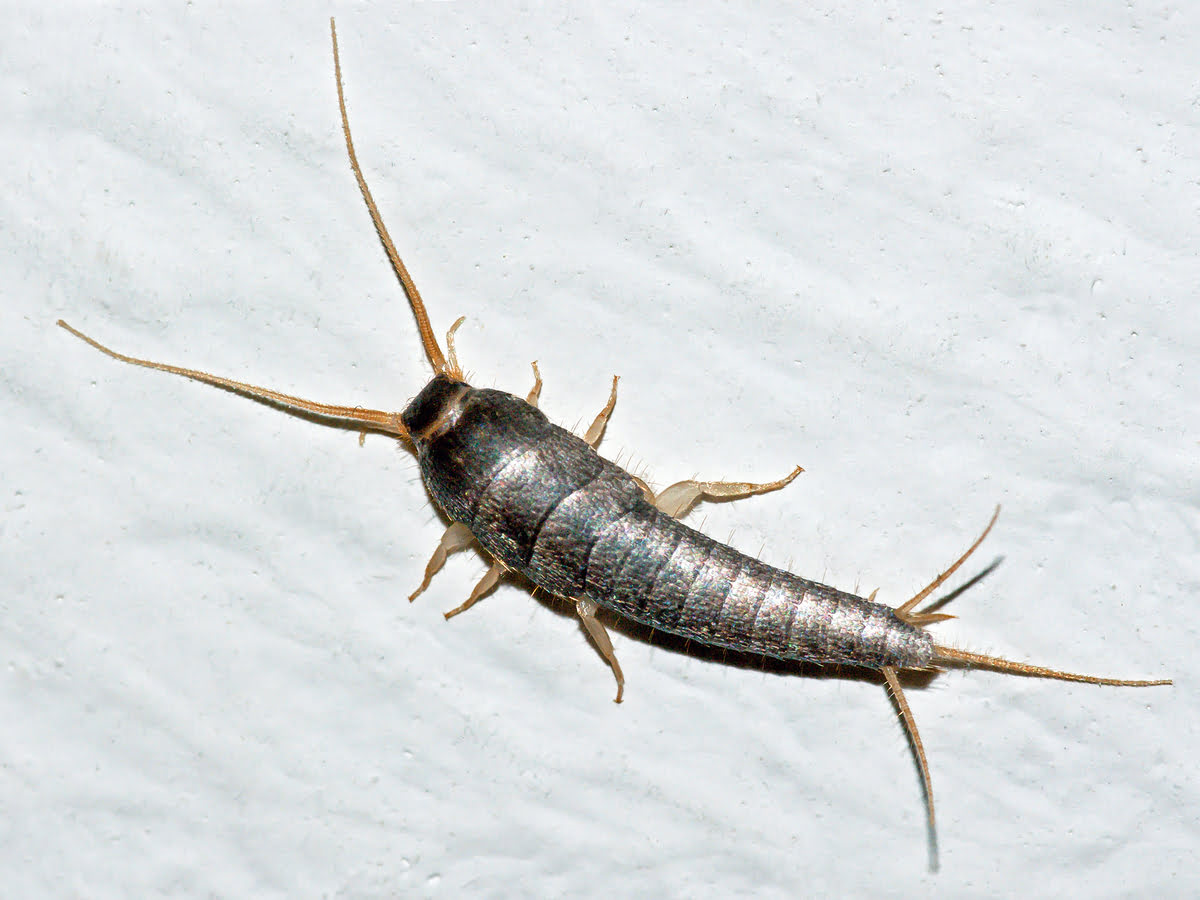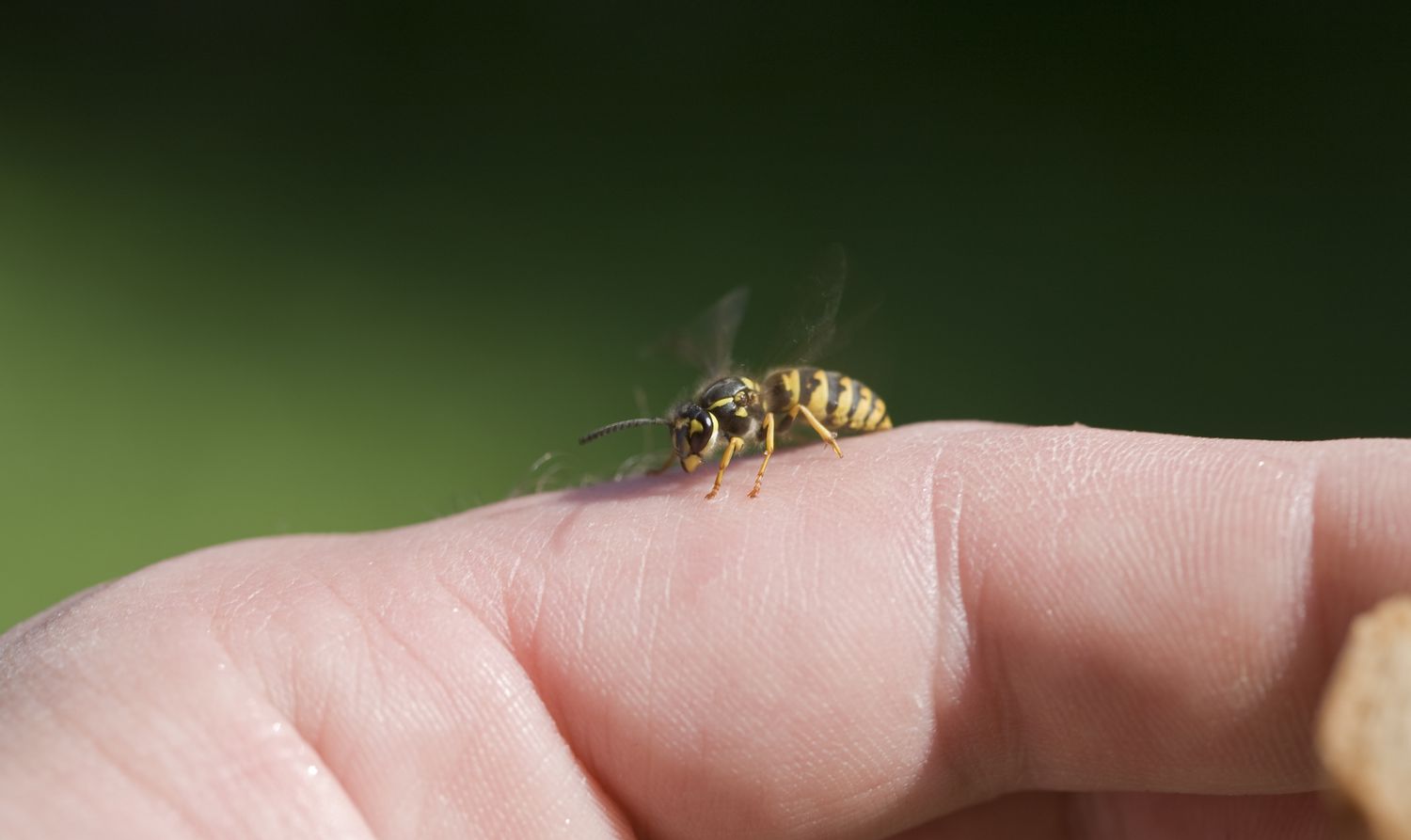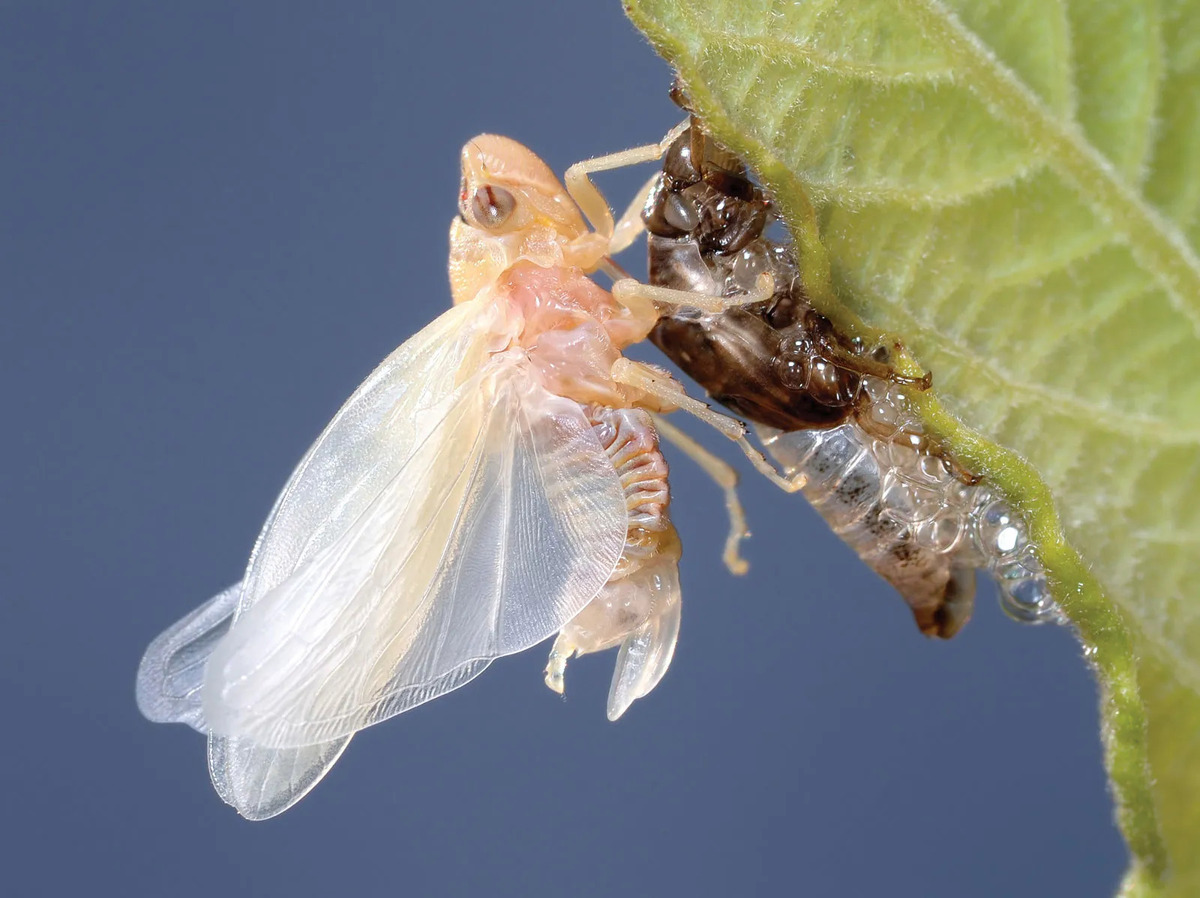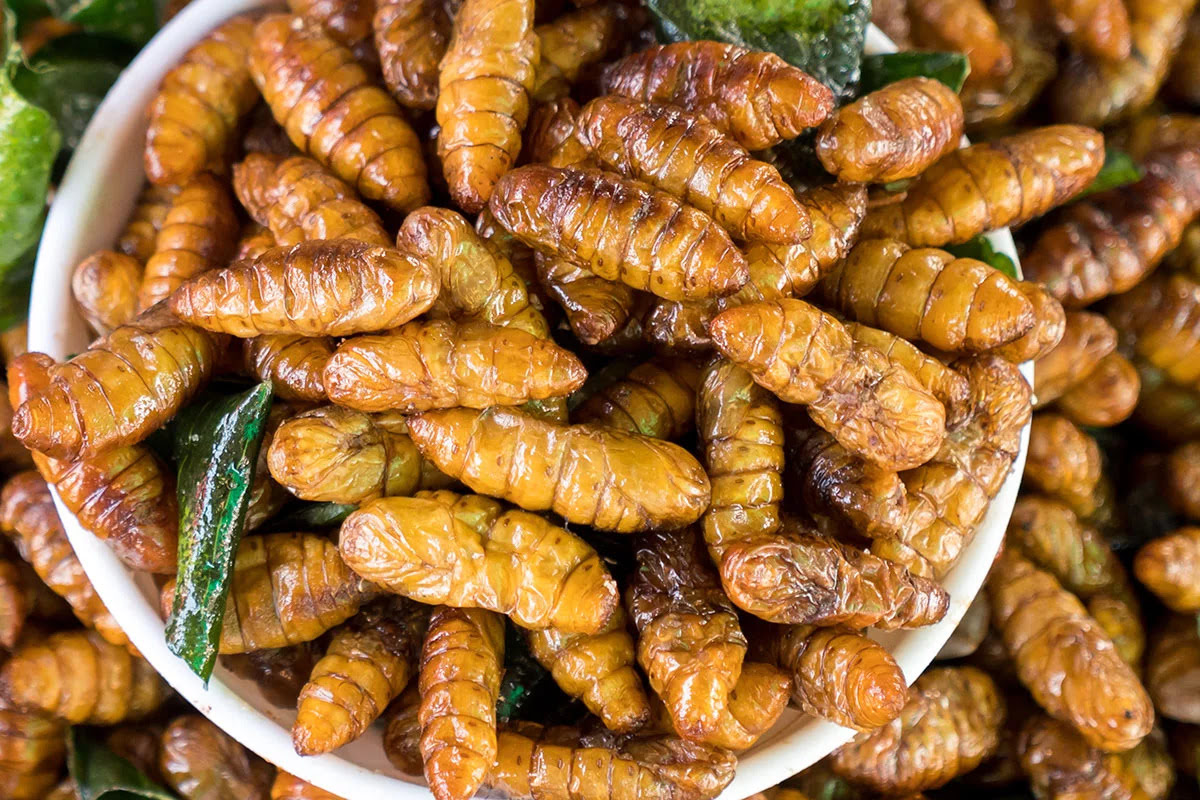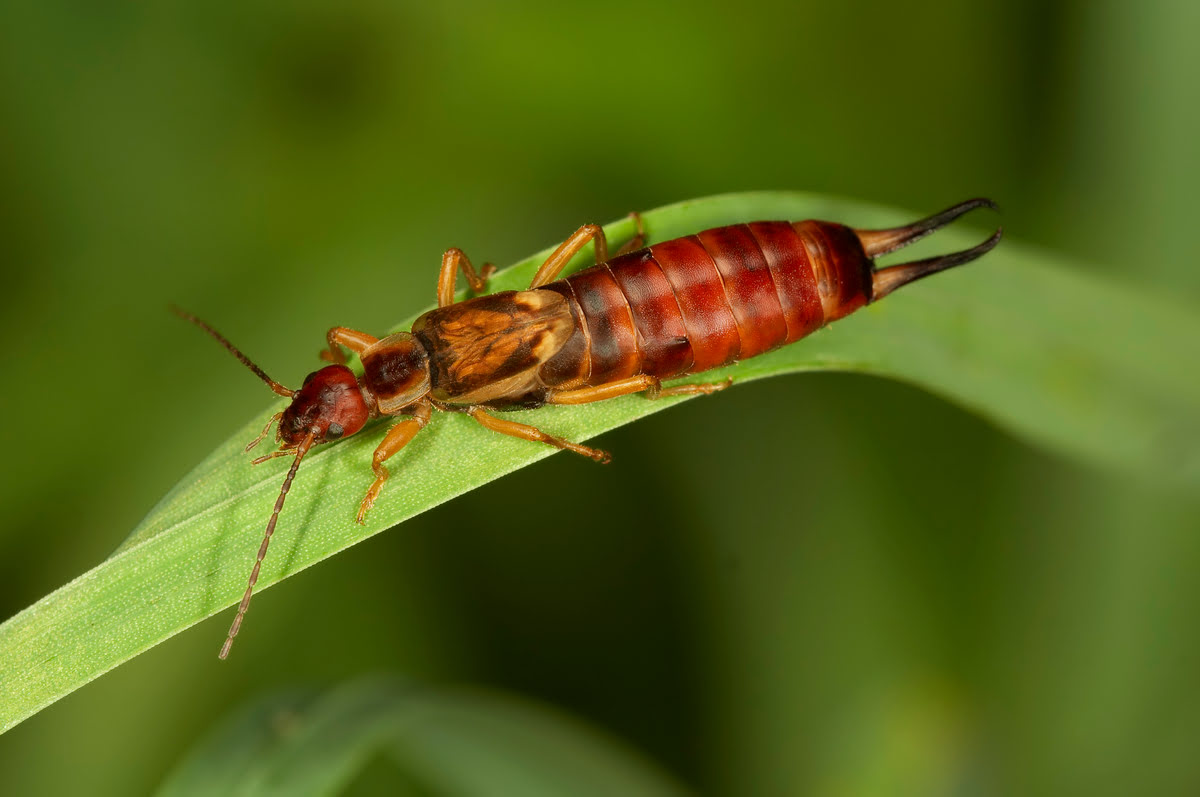Home>Gardening News and Trends>Latest News>What Plants Deter Insects
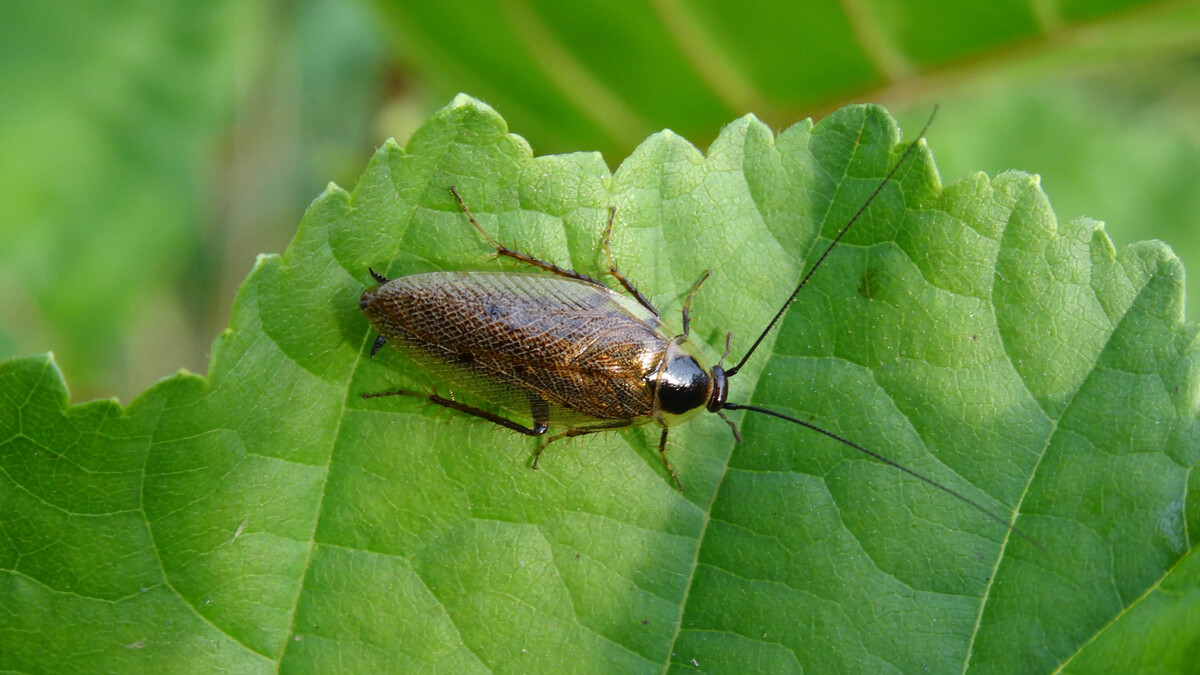

Latest News
What Plants Deter Insects
Modified: January 29, 2024
Discover the latest news on how certain plants can naturally repel insects. Learn which plants to incorporate into your garden to deter unwanted pests and protect your plants.
(Many of the links in this article redirect to a specific reviewed product. Your purchase of these products through affiliate links helps to generate commission for Chicagolandgardening.com, at no extra cost. Learn more)
Table of Contents
Introduction
Welcome to our guide on using plants to deter insects! If you’re looking for a natural and alternative method to keep pesky insects at bay, incorporating insect-deterrent plants into your garden or indoor space is a great choice. Not only do these plants help to repel insects, but they also add beauty and variety to your surroundings.
Using plants as a means of insect control has been practiced for centuries and is an eco-friendly option compared to chemical insecticides. By harnessing the power of certain plants’ natural defense mechanisms, you can create an environment that is less attractive to insects and discourages them from invading your space.
In this article, we will explore the benefits of using plants to deter insects and discuss various types of plants that are known for their insect-repellent properties. Whether you have a garden, balcony, or indoor space, there are insect-repellent plants suitable for every setting.
So, if you’re ready to discover the wonders of nature’s pest control, let’s dive into the world of insect-deterrent plants and learn how to maximize their effectiveness.
Benefits of Using Plants to Deter Insects
Using plants to deter insects offers several advantages compared to traditional insect control methods. Here are some key benefits:
- Natural and Eco-Friendly: One of the biggest advantages of using insect-deterring plants is that they provide a natural and environmentally friendly solution to controlling pests. Unlike chemical insecticides, which can have negative effects on the environment, insect-repellent plants rely on their natural compounds and scents to ward off insects.
- Cost-Effective: Insect-deterring plants are a cost-effective option for pest control. Once established, these plants require minimal maintenance and can continue to provide protection against insects year after year. This saves you from constantly purchasing expensive insecticides or hiring professional pest control services.
- Healthier Alternative: Chemical insecticides can pose health risks to humans and pets, especially if there is prolonged exposure or improper application. In contrast, insect-deterring plants are safe to be around and do not pose any health hazards. Additionally, these plants improve air quality and contribute to a healthier environment.
- Biodiversity and Aesthetics: Incorporating insect-repellent plants into your garden or indoor space adds to the biodiversity of your surroundings. These plants attract beneficial insects such as bees and butterflies, which help in pollination. Furthermore, having a diverse range of plants enhances the visual appeal of your space, creating a colorful and vibrant atmosphere.
- Long-Term Solution: While chemical insecticides may provide immediate results, their effectiveness diminishes over time as insects develop resistance. In contrast, insect-deterring plants provide a long-term solution. By planting a variety of different species, you can target a wider range of pests, preventing them from becoming accustomed to a particular scent or compound.
- Encourages Sustainable Gardening: By incorporating insect-deterring plants into your gardening practices, you are adopting a sustainable approach to pest control. This promotes an ecosystem-based management system, focusing on the balance between pests and their natural predators, reducing the need for harmful pesticides.
With all these benefits, it’s clear that using plants to deter insects is a wise and eco-conscious choice. Now, let’s explore the different types of plants that are known to repel insects and how they can be incorporated into your space.
Types of Plants that Deter Insects
There are several types of plants that have natural insect-repellent properties. Here are some common categories of plants that can help deter insects:
Herbs:
Herbs not only add flavor to your culinary creations but also have the ability to repel insects. Plants like basil, lavender, mint, rosemary, and thyme are known for their insect-repellent properties. These herbs contain strong fragrances that insects find unpleasant, making them great additions to your garden or indoor space.
Flowers:
Many beautiful flowering plants also have the ability to repel insects. Marigolds, chrysanthemums, petunias, and geraniums are examples of flowers that insects tend to avoid. These plants produce certain compounds and scents that act as natural repellents, making them a colorful and effective addition to your garden.
Fruits and Vegetables:
Some fruits and vegetables not only provide you with delicious, homegrown produce but also help deter pests. Plants like garlic, onions, chilies, and tomatoes have natural repellent properties. For example, garlic emits a strong odor that can repel pests such as aphids and mosquitoes, while onions can deter carrot flies and cabbage worms.
Shrubs and Trees:
Shrubs and trees not only provide shade and privacy but can also act as natural insect deterrents. Plants like citronella, lemon eucalyptus, neem trees, and lavender cotton produce scents that repel mosquitoes. These plants can be strategically placed around outdoor seating areas, creating a bug-free zone.
Remember, different plants may be more effective against specific types of insects. By selecting a variety of plants from different categories, you can create a well-rounded defense against a wide range of pests.
Now that we have explored the different types of plants that can deter insects, let’s look at how to effectively use them to keep pests at bay.
Herbs
Herbs are not only known for their culinary uses and aromatic qualities but also for their ability to repel insects. Here are some popular herbs that can help keep pests away:
Basil:
Basil is not only a versatile herb for cooking but also a natural insect repellent. Its strong scent wards off mosquitoes, flies, and aphids. Plant basil near doors, windows, or outdoor seating areas to create a bug-free zone.
Lavender:
Lavender is well-known for its calming fragrance, but it also helps repel mosquitoes, moths, and fleas. Plant lavender in sunny areas and enjoy its beautiful purple flowers while keeping insects at bay.
Mint:
Mint plants, such as peppermint and spearmint, have a refreshing scent that humans love but insects despise. Plant mint near entryways or outdoor gathering areas to deter mosquitoes, ants, and flies.
Rosemary:
Rosemary is not only a flavorful herb for cooking but also an effective insect repellent. Its strong aroma repels a variety of insects, including mosquitoes, moths, and beetles. Plant rosemary in pots or near seating areas to enjoy its fragrance and keep pests away.
Thyme:
Thyme is another herb with strong insect-repellent properties. Its natural compounds, such as thymol, work against mosquitoes, flies, and ants. Plant thyme in your garden or in pots near entryways to deter these pests.
These herbs can be grown in your garden, in pots on your balcony, or even indoors on a sunny windowsill. By incorporating these herbs into your space, you can benefit from their culinary uses while naturally repelling insects.
Now that we’ve explored the insect-repelling properties of herbs, let’s move on to the next category: flowers.
Flowers
In addition to adding beauty and color to your garden, certain flowers also possess insect-repellent properties. Here are some flowers known for their ability to deter pests:
Marigolds:
Marigolds are well-known for their bright colors and strong fragrance, which can help repel a variety of insects. Their scent is particularly effective against aphids, mosquitoes, and nematodes. Plant marigolds around vegetable gardens or in pots near entryways to create a protective barrier against pests.
Chrysanthemums:
Chrysanthemums not only have beautiful blooms but also contain a compound called pyrethrum, which is commonly used in natural insecticides. Pyrethrum is toxic to many pests, including mosquitoes, ants, and flies. Plant chrysanthemums in your garden to naturally deter these unwanted visitors.
Petunias:
Petunias are a popular annual flower known for their wide range of vibrant colors. They also emit a scent that repels various pests, including aphids, leafhoppers, and squash bugs. Plant petunias in hanging baskets or flowerbeds to add beauty and keep pests away.
Geraniums:
Geraniums not only have lovely flowers but also produce an aroma that repels mosquitoes, flies, and gnats. They work particularly well when planted near doors and outdoor seating areas. Enjoy the beauty of geranium blooms while creating a pest-free environment.
By incorporating these flowers into your garden, you can create a visually appealing space while naturally deterring insects. Mix and match different flower varieties to create a diverse and insect-repellent garden.
Now let’s move on to the next category of insect-deterring plants: fruits and vegetables.
Fruits and Vegetables
In addition to providing you with delicious and nutritious produce, some fruits and vegetables also have natural insect-deterrent properties. Here are a few examples:
Garlic:
Garlic is known for its pungent smell, which not only adds flavor to dishes but also repels a range of insects. Placing garlic plants near roses, lettuce, or fruit trees can help deter pests such as aphids, Japanese beetles, and mosquitoes. Additionally, garlic can help ward off larger pests like rabbits and deer.
Onions:
Onions have a strong odor that can keep certain insects at bay. They are particularly effective in deterring carrot flies, cabbage worms, and aphids. Planting onions among susceptible vegetables or in close proximity to other plants can help protect them from pest infestations.
Chilies:
The natural compounds found in chilies, such as capsaicin, can act as a natural repellent for a wide range of insects. Planting chili peppers near susceptible plants can help deter pests like aphids, slugs, and beetles. Additionally, chilies can even deter larger pests like rabbits and squirrels.
Tomatoes:
Tomatoes are not only a popular garden staple but also have insect-deterrent properties. The leaves of tomato plants contain compounds that can repel aphids, whiteflies, and other common garden pests. Consider planting tomatoes near susceptible crops or using tomato leaves as a natural insect repellent.
Integrating these fruits and vegetables into your garden not only provides you with fresh produce but also acts as a natural line of defense against pests. The strong aromas and natural compounds of these plants help deter insects, reducing the need for chemical pesticides.
Now, let’s explore the next category: shrubs and trees.
Shrubs and Trees
Shrubs and trees not only enhance the visual appeal of your outdoor space but can also serve as natural insect deterrents. Here are some examples of shrubs and trees known for their ability to repel insects:
Citronella Grass:
Citronella grass is widely recognized for its strong, lemony fragrance, which is commonly used in natural insect repellents. Planting citronella grass near seating areas or patios can help ward off mosquitoes and create a more pleasant outdoor environment.
Lemon Eucalyptus:
Lemon eucalyptus is a tree that not only adds beauty to your landscape but also produces an oil with insect-repellent properties. The oil contains a compound called citronellal, which is effective against mosquitoes and other biting insects. Plant lemon eucalyptus trees near outdoor seating areas to naturally deter mosquitoes.
Neem Trees:
The neem tree is native to India and has been used for centuries as a natural insect repellent. Neem leaves and oil contain compounds that repel a wide range of pests, including mosquitoes, ants, and aphids. Consider planting neem trees in your garden to enjoy their pest-deterring benefits.
Lavender Cotton:
Lavender cotton, also known as Santolina, is a shrub with silvery-gray foliage and a distinctive fragrance. It emits a scent that repels insects, including moths, fleas, and ants. Plant lavender cotton near doorways or in container gardens on a patio to naturally deter pests.
By incorporating these shrubs and trees into your landscape, you not only create a visually appealing environment but also help keep insects at bay. Their natural scents and compounds work together to create an effective barrier against unwanted pests.
Now that we’ve explored the different categories of insect-deterrent plants, let’s move on to understanding how to use them effectively for maximum pest control.
How to Use Insect-Deterrent Plants Effectively
Using insect-deterrent plants effectively involves strategic placement, proper care, and understanding the needs of both the plants and the pests you are trying to repel. Here are some tips to maximize the effectiveness of insect-deterrent plants:
1. Identify Target Pests:
Before selecting insect-repellent plants, identify the specific pests you are trying to deter. Different plants have varying effectiveness against different insects. Understanding your target pests will help you choose the most appropriate plants for your needs.
2. Plant in the Right Location:
Consider the sunlight, soil, and moisture requirements of the plants you choose. Most insect-deterrent plants thrive in well-draining soil and require sufficient sunlight. Plant them in areas where they can receive the optimal growing conditions to ensure their health and effectiveness.
3. Interplant Strategically:
Mixing different types of insect-repellent plants throughout your garden can create a diverse and effective defense against pests. By interplanting, you confuse and repel a wider range of insects. Additionally, some plants, like basil or onions, have companion planting benefits and can enhance the growth and protection of neighboring plants.
4. Regular Maintenance:
Proper maintenance is crucial to ensure the health and effectiveness of insect-deterrent plants. Monitor for signs of pests or diseases and take necessary actions to address any issues promptly. Prune regularly to encourage new growth and remove any damaged or infested parts of the plant.
5. Harvest and Utilize the Plants:
When growing herbs, fruits, or vegetables with insect-repellent properties, harvest and utilize them in your cooking or DIY pest control methods. For example, crush garlic cloves and create a natural spray by mixing them with water to repel pests. This way, you can make the most out of your insect-deterrent plants.
6. Rotate Plantings:
To prevent insects from building up resistance, rotate the location of your insect-repellent plants each year. This helps disrupt the pest’s life cycle and reduces the chances of a severe infestation.
By following these tips, you can use insect-deterrent plants effectively to naturally repel pests and create a more enjoyable and pest-free outdoor or indoor space.
Now that you know how to make the most of insect-repellent plants, let’s wrap up this guide on using plants to deter insects.
Conclusion
Using plants to deter insects is not only a natural and eco-friendly approach but also adds beauty and variety to your surroundings. By harnessing the power of certain plants’ natural defense mechanisms, you can create an environment that is less attractive to insects and discourages them from invading your space.
In this article, we explored the benefits of using plants to deter insects, including their eco-friendliness, cost-effectiveness, and health benefits. We also discussed different types of plants that have insect-repellent properties, such as herbs, flowers, fruits, vegetables, shrubs, and trees.
We learned that herbs like basil, lavender, mint, rosemary, and thyme can be used to naturally repel insects. Flowers such as marigolds, chrysanthemums, petunias, and geraniums add beauty to your garden while keeping pests away.
Fruits and vegetables like garlic, onions, chilies, and tomatoes not only provide delicious produce but also deter pests. Shrubs and trees such as citronella grass, lemon eucalyptus, neem trees, and lavender cotton act as natural insect repellents.
To use insect-deterrent plants effectively, we discussed the importance of identifying target pests, planting in the right location, interplanting strategically, regular maintenance, utilizing harvested plants, and rotational plantings.
By incorporating these tips and incorporating insect-deterrent plants into your space, you can naturally control pest populations, reduce the need for harmful chemicals, and create a more pleasant and enjoyable environment.
So, why rely on chemical insecticides when you can harness the power of nature’s pest control? Embrace the benefits of using plants to deter insects and experience a greener, healthier, and more vibrant environment.
